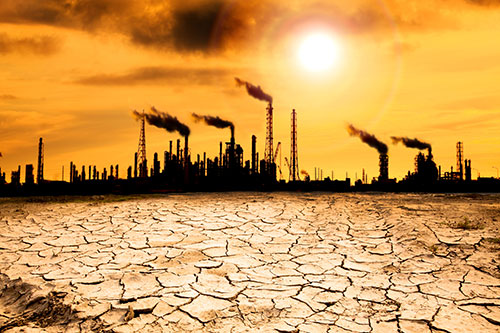Summary
Whether the global environment is in crisis or not remains a contested issue. However, an increasing range of evidence is pointing towards a future crisis on a number of fronts. This is particularly the case if one considers this issue in the context of potential impacts to be felt by human populations.
Preventative and precautionary approaches in the realm of sustainable development appear high on the global agenda, yet lower on the priority scale where actual action is concerned. Arguably, globally commercial interests exploiting resources for short-term profit, prevails as the dominant ideology.
Therefore as human populations continue to grow rapidly, pressure to extract available natural resources from forests, wetlands, oceans…etc increases, impacting on the stability of globally diverse habitats and related biodiversity worldwide. Potentially compounding such natural resource loss is the effects of air pollution from the global fossil fuel economy which has been emitting CO2 on such a large-scale into the atmosphere that the climate is changing. This in turn is impacting further on global biodiversity as flora and fauna has little time to adapt to survive.

Throughout the rest of this course we will examine the evidence across a range of areas and examine natural events and anthropogenic influences and their impacts and come to a conclusion on whether we collectively believe the global environment is in crisis.